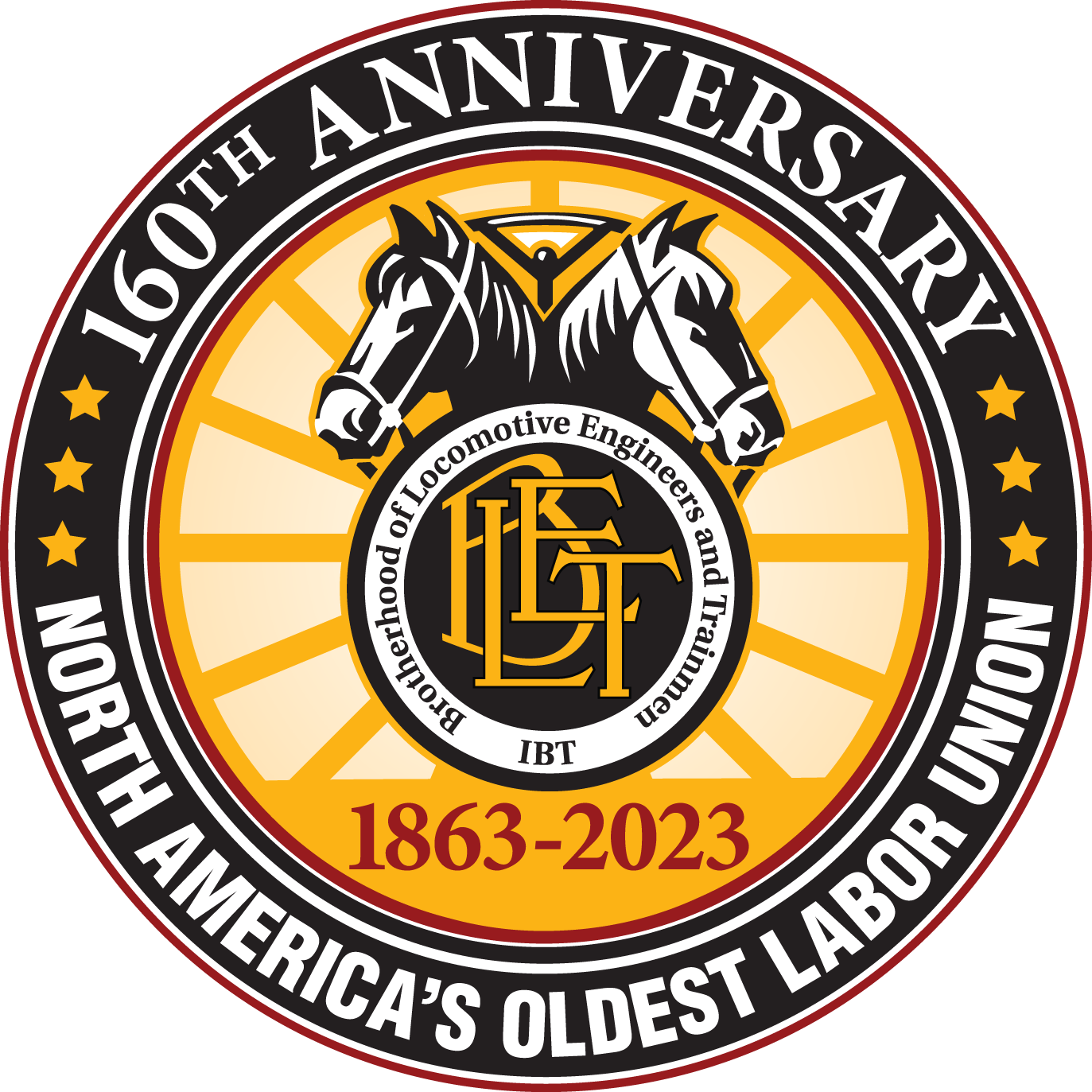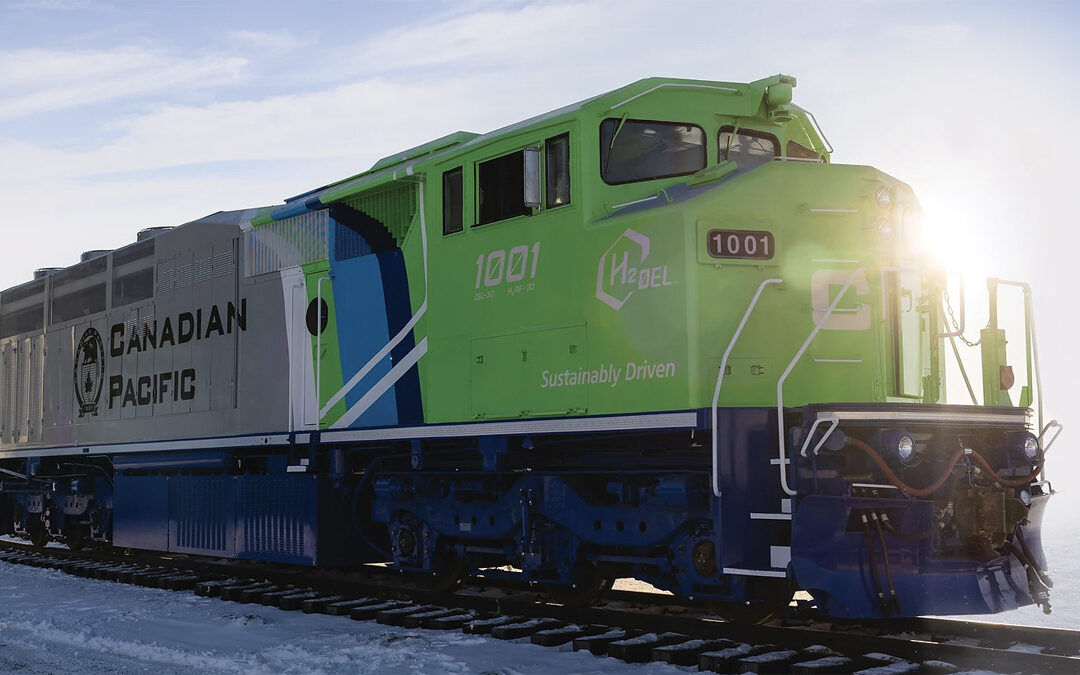In a recent gathering of regional leaders and stakeholders at the Toledo Metropolitan Area Council of Governments (TMACOG) Summer Caucus Meeting, non-governmental attendees were treated to a presentation by John Esterly, Chairman of the Ohio State Legislative Board of the Brotherhood of Locomotive Engineers and Trainmen. Mr. Esterly’s talk centered on the future of locomotive power, offering a glimpse into alternative solutions that could revolutionize the way trains are powered.
Traditionally, locomotives have relied heavily on diesel fuel to propel tons of freight and passengers across the nation’s vast railway networks. However, as we grapple with the imperative of reducing carbon emissions and transitioning towards more sustainable energy sources, exploring alternative locomotive power solutions has become paramount.
During his presentation, John Esterly highlighted three key alternatives that hold immense promise: B20 diesel, hydrogen power, and hybrid or fully electric locomotive sets.
B20 Diesel: Biodiesel, often referred to as B20 when it contains 20% biodiesel and 80% traditional diesel, presents an environmentally friendly option. Biodiesel is derived from renewable sources like vegetable oil or animal fats, significantly reducing greenhouse gas emissions compared to traditional diesel fuel. The adoption of B20 diesel in locomotives could be a significant step toward cleaner rail transportation.
Hydrogen Power: Hydrogen is increasingly being explored as a clean energy source for various modes of transportation, including trains. When used in fuel cells, hydrogen produces electricity and emits only water vapor as a byproduct. This makes it a zero-emission option with the potential to revolutionize the railway industry, provided the infrastructure for hydrogen production, storage, and distribution is developed.
Hybrid and Fully Electric Locomotives: Just as we’ve seen a surge in electric vehicles on our roads, electric locomotives are also gaining traction. These locomotives rely on overhead electrical lines or onboard batteries to power electric motors, eliminating the need for diesel entirely. Hybrid locomotives, on the other hand, combine electric and diesel power, providing flexibility and reduced emissions.
The insights shared by Mr. Esterly underscore the importance of exploring these alternative locomotive power solutions. As we strive for a more sustainable and environmentally conscious future, it’s crucial that we examine every aspect of our transportation infrastructure, including the vital but often overlooked railway sector.
The TMACOG Summer Caucus Meeting served as an excellent platform to initiate this conversation, bringing together regional leaders who can influence policy and investment decisions that will shape the future of locomotive transportation in Ohio and beyond.
The Ohio State Legislative Board of the Brotherhood of Locomotive Engineers and Trainmen is at the forefront of advocating for these changes, recognizing that the transition to cleaner locomotive power not only benefits the environment but also enhances the efficiency and long-term sustainability of the railway industry.
In closing, John Esterly’s presentation at the TMACOG Summer Caucus Meeting has shed light on exciting possibilities for the future of locomotive power. As we continue to strive for a greener and more sustainable future, these alternative solutions could be the driving force behind a cleaner and more efficient railway system, benefitting us all. A similar presentation was provided on August 17 at the TMACOG Passenger Rail Committee meeting.
For more information on this presentation and related initiatives, please review the pamplet and links provided in the presentation.
Post created with the assistance of GPT-3.5.

